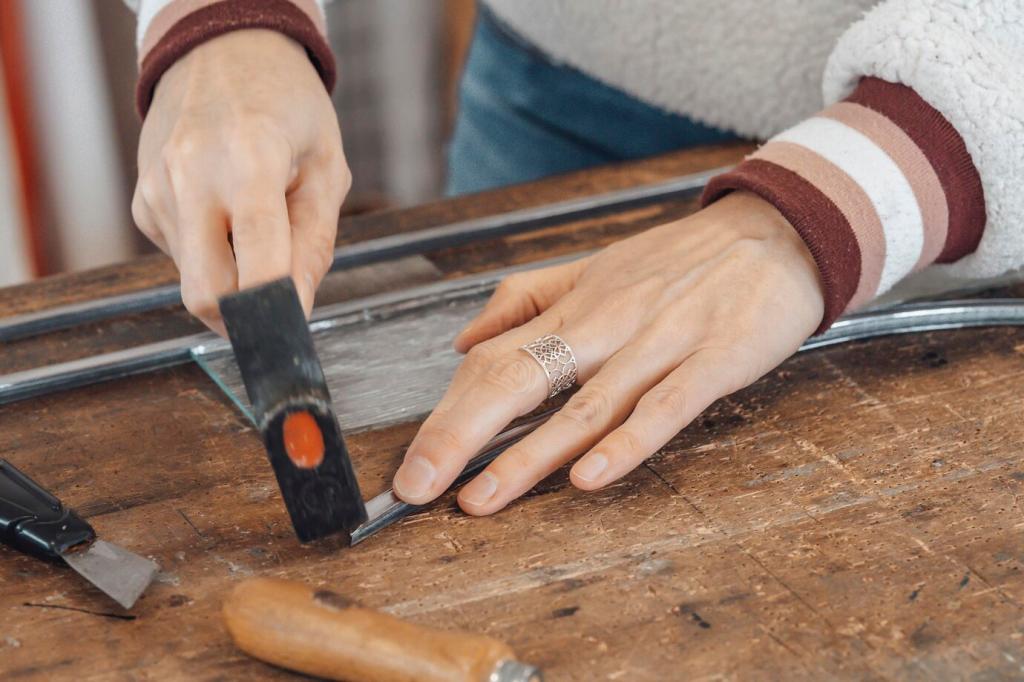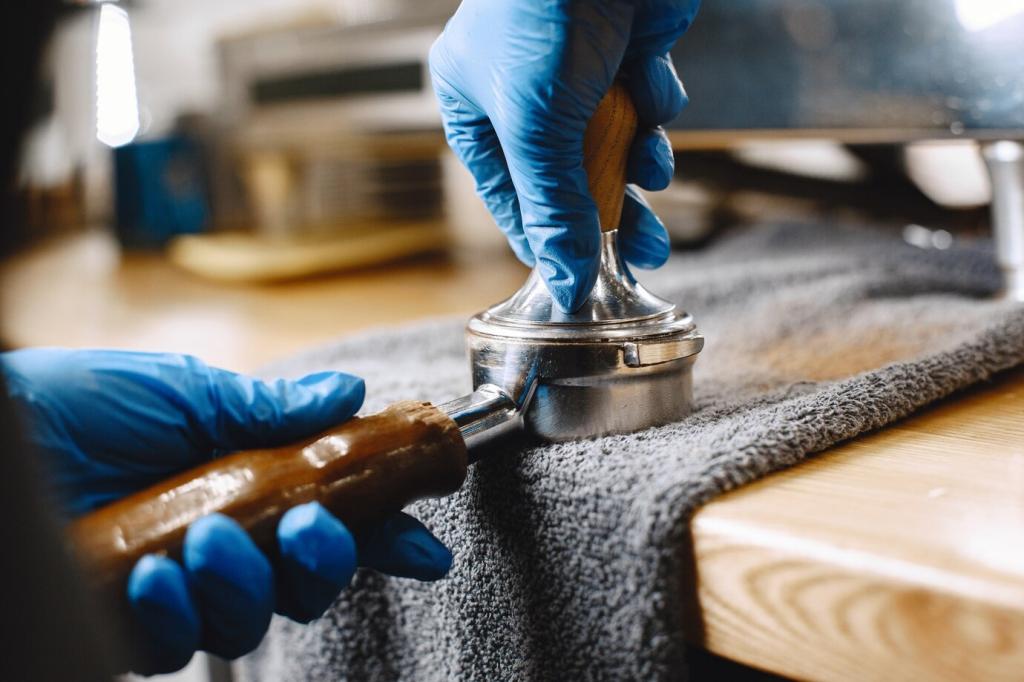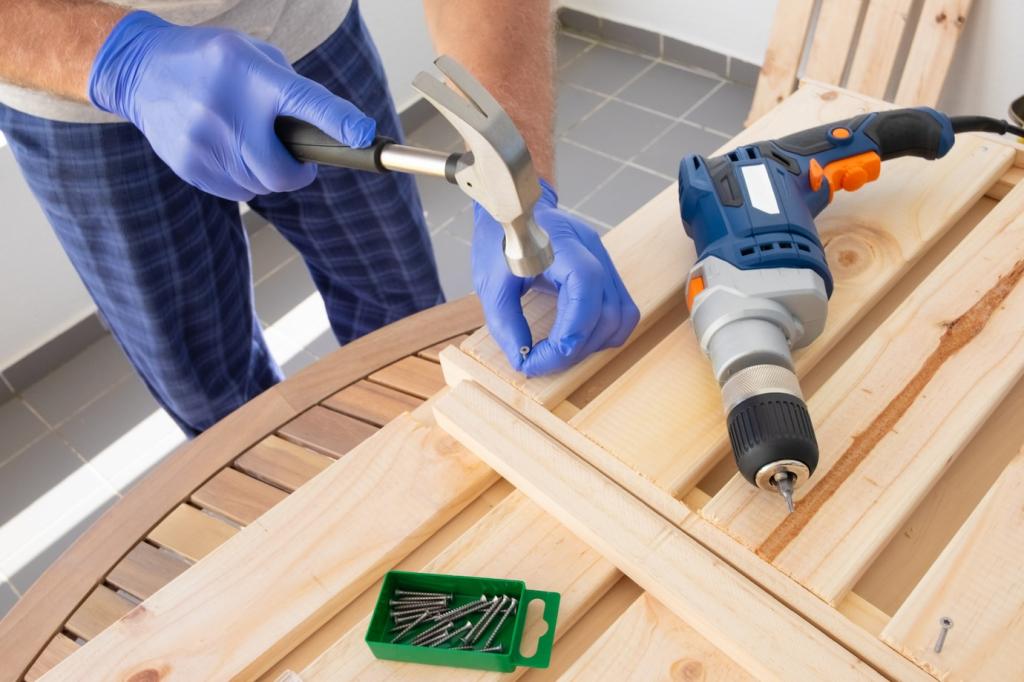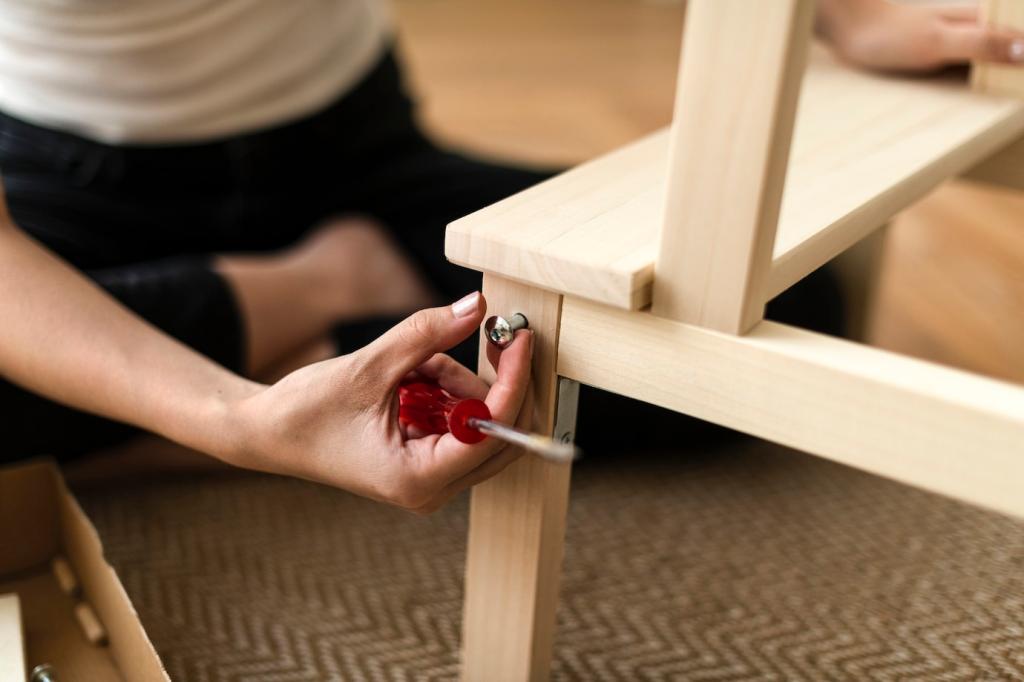Daily Habits That Prevent Damage
Make coasters a non-negotiable. Use breathable table pads under tablecloths for dinners and crafting. A family we interviewed eliminated white heat rings after hosting by upgrading trivets. What stylish, practical mats have you found that guests actually use?
Daily Habits That Prevent Damage
Dust with a soft, slightly damp microfiber cloth, moving with the grain to minimize micro-scratches. Avoid silicone sprays that can complicate future refinishing. Do you schedule a weekly quick sweep? Tell us your routine and favorite cloths that really last.




